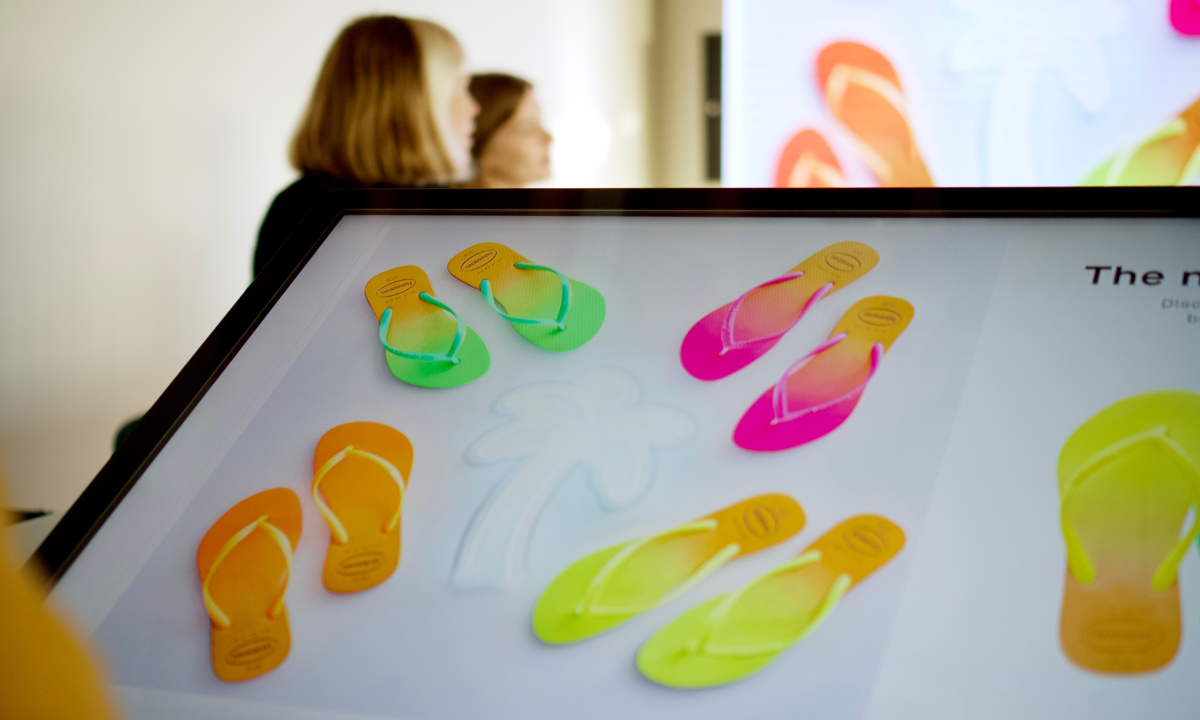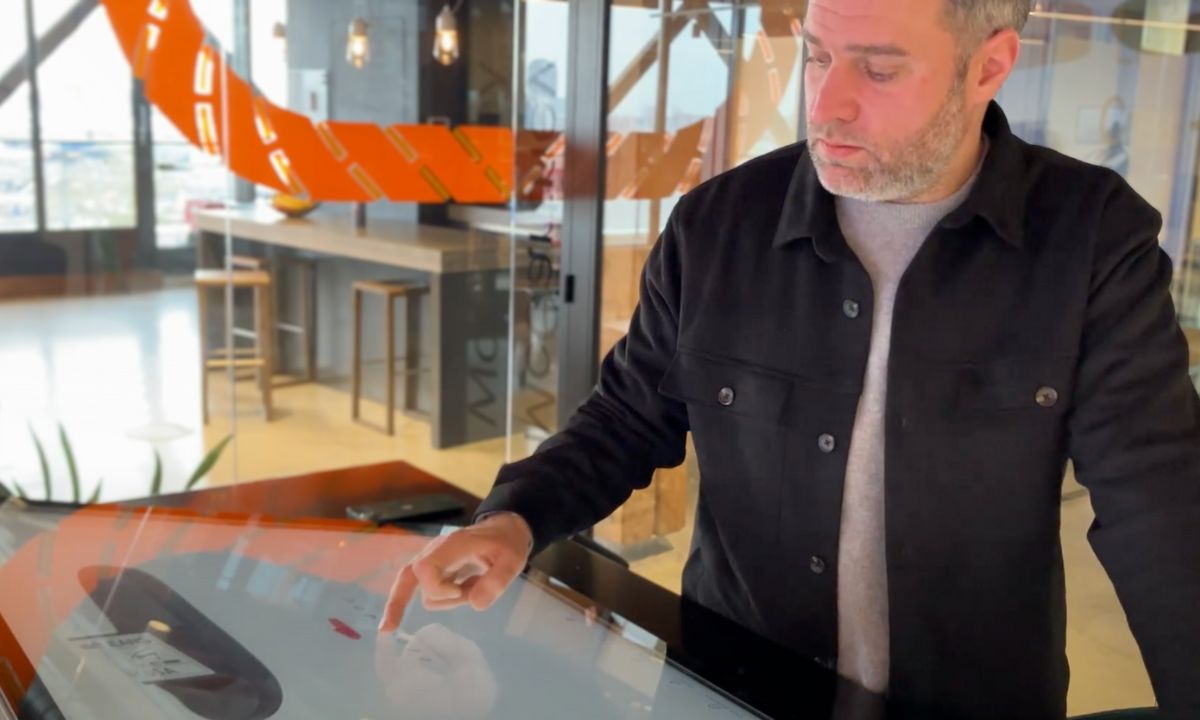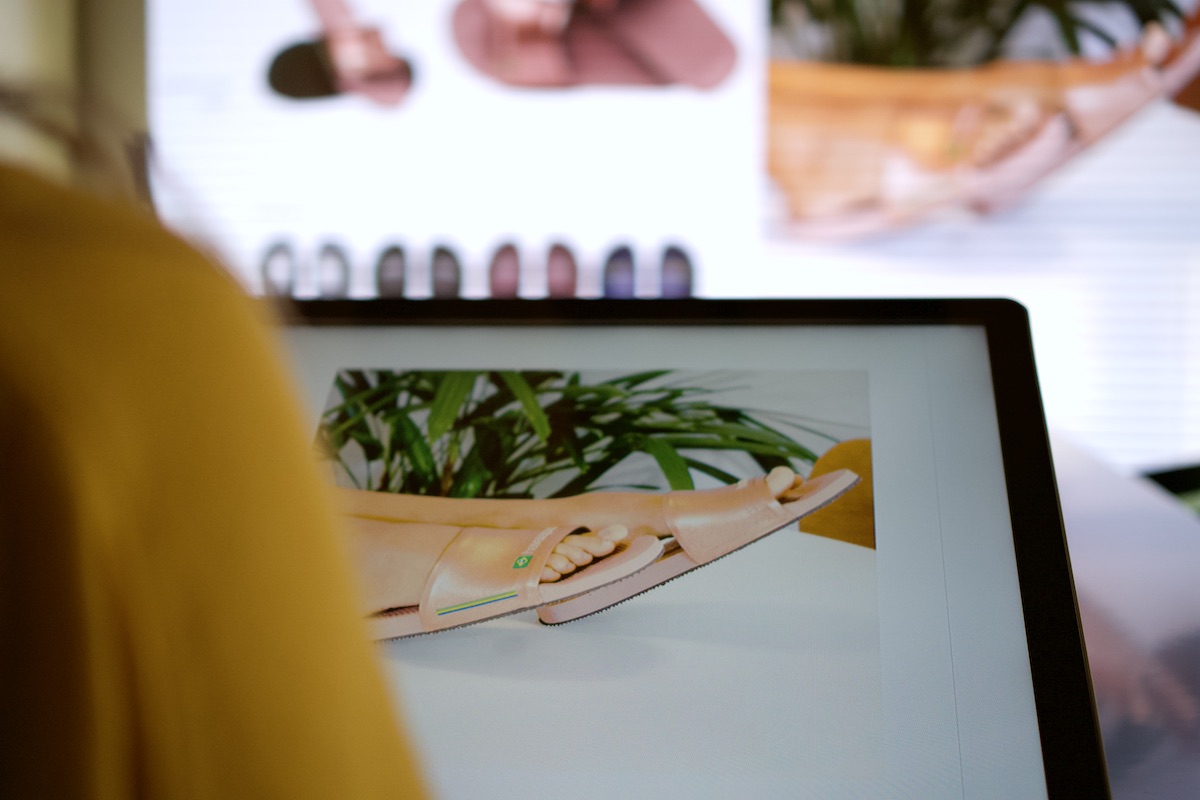In the span of 2 years, the entire fashion industry has been disrupted and turned upside down. From retail stores to wholesale showrooms and supply chain issues. Samples are not being manufactured in time and buyers are turning more and more to virtual meetings instead of in-person sales. What are brands doing these days? What does the future hold for fashion wholesale showrooms?Fortunately, many new kids on the block have been taking a crack at digitizing fashion's value chain. From how fashion is designed to how it’s presented and sold, many new terms have also arisen to describe these new tools in the belt of the fashion industry. From "virtual this", to "3D that" or "meta what", here are the main differences between the 3 terms defining fashion wholesale showrooms today.
1. Virtual Showrooms
Virtual showrooms enable sales teams to create curated proposals with complimentary marketing content. This is then sent to a buyer, who then reviews and completes the order. Virtual showrooms shine in an area that had been underinvested for years in fashion wholesale: self-service.
Virtual Showrooms are a great way to support and grow small to mid-tier customers while providing an experience far richer than a traditional B2B webshop, which was historically left to manage replenishment orders. Virtual Showrooms are a great fit for brands with a large customer portfolio across one or more markets with a mid to small order value.
2. Digital Showrooms
Digital showrooms enable sales reps to conduct sales meetings in the showroom using a hardware/software experience and using audiovisual content. Buyers make a selection (which may include a drafted order), but can finish the order afterward. Digital Showrooms are designed for in-person collaboration and to work without physical samples.
Digital Showrooms are perfect for working with key accounts thanks to the focus on in-person meetings and a more audiovisual, content-driven experience. In addition, digital showrooms support brands in reducing the need for physical samples and the total appointment time, which can take a week with key accounts, by up to 50%. Digital Showrooms are a great fit for brands where the majority of the wholesale revenue is generated by key accounts.
3. Hybrid Showrooms
The effect of the pandemic has put in perspective the buyer's need to visit physical showrooms, forcing brands to look into enhancing the experience on every end of the spectrum, from physical to digital.
Hybrid showrooms bring together in-showroom and remote sales into one cohesive experience, enabling sales reps to conduct appointments when some buyers connect remotely while some buyers join in person. More concretely, hybrid showrooms include capabilities such as built-in video calling, high resolution streaming, and presenting modes, all managed via a digital in-showroom setup.
Hybrid Showrooms are great for collaborating with global strategic accounts with large and/or distributed buying teams, offering an extra level of flexibility for both sales teams and buyers. Hybrid showrooms are perfect for brands with large strategic accounts in their portfolio that sell across multiple regions.







